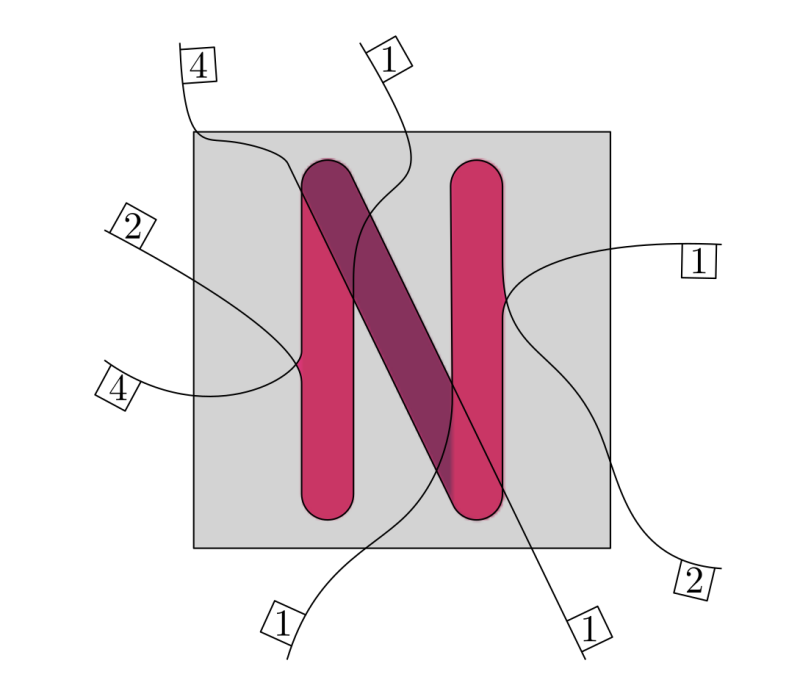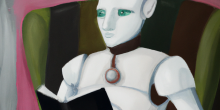Nautilus, for those who don’t know, is a magazine for popular science writing. It’s one of my favorite places for that, actually (among the others e.g. Quanta and Scientific American). Nautilus contains writing on a very broad range of topics.
In the past few years they have published a number of really interesting stories about networks. Unfortunately, Nautilus is in financial trouble. It would be a terrible shame if they have to close. I’ve compiled a list of some stories from their archives about networks and related topics. Have a look, and if you like them, maybe consider donating a bit to help them continue to exist.
Homo Narrativus and the Trouble with Fame
A story about research that investigates to what extent fame is earned, and to what extent it is simply a function of the underlying social network. Spoiler: the network is pretty important.
Unhappy Truckers and Other Algorithmic Problems
A story about the traveling salesman problem, one of the most important problems relating to networks (and an incredibly hard one to solve). The problem is about algorithms for finding shortest routes on a map, and so is very important to for instance delivery companies. This story is about solving that problem, but also about the way human nature and mathematically optimal solutions don’t always get along…
A story about the surprising complexity of ant colonies, which arises due to their network-like interactions, and the strange similarity between ant colonies and brains. You can’t make this stuff up.
The Strange Inevitability of Evolution
In my opinion, probably the best story on Nautilus. It’s about the research that is trying to explain why there are so extremely many species of plants, animals, and other organisms on earth. Part of the answer, some researchers think, has to do with a very special type of network: the RNA neutral network. The ideas described in this story are absolutely fascinating, and it would not surprise me if this stuff will be taught at universities as the explanation for biodiversity, maybe fifty years from now.
Impossible Cookware and Other Triumphs of the Penrose Tile
A story about the famous mathematician Roger Penrose, who discovered a quasiperiodic tile. These can be viewed as networks where every part “looks the same” as every other part, but no two places are actually alike. Quasiperiodic tilings were long believed to be just mathematically correct fantasies. Now we know they are real, and very important: Daniel Shechtman discovered that quasicrystals exist in nature. His discovery was met with a lot of disbelief (quasi-periodic tilings are pretty crazy after all), but he fought hard to convince the rest of the world that he was right. In the end he won, and for his efforts got a Nobel prize. Now his quasi-crystals are probably in the non-stick coating of your frying pan.
How World of Warcraft Might Help Head Off the Next Pandemic
One of the most important reasons for wanting to study networks is that they can tell us about how diseases and computer viruses spread. Last week’s news of Ebola in Congo, and the global attack of the WannaCry malware makes this as urgent as it ever was. Understanding a social network, or a network as big as the whole internet is practically impossible though, so first-hand evidence is hard to come by. This story is about one amazing case in which we do know almost everything: a virus that spread through the popular MMORPG “World of Warcraft”. It may seem silly, but it’s incredibly valuable for researchers. (See also this other story about preventing epidemics in an increasingly connected world.)
The Man Who Invented Modern Probability
This last story technically has nothing to do with networks. It’s a biography of Andrei Kolmogorov, one of the most important mathematicians ever, and the founding father of modern probability theory. It’s a fascinating story, and since probability theory is a hugely important tool when studying networks, it’s not entirely irrelevant either.






